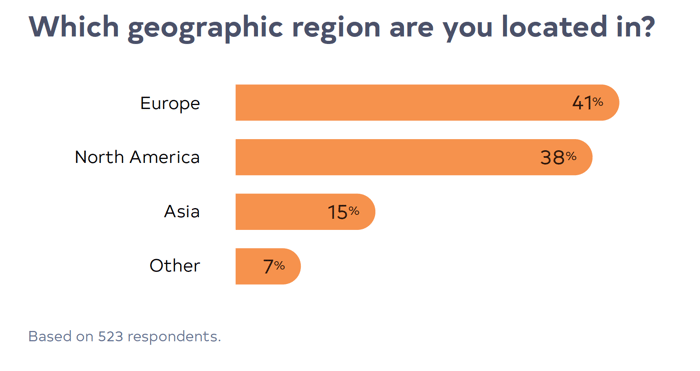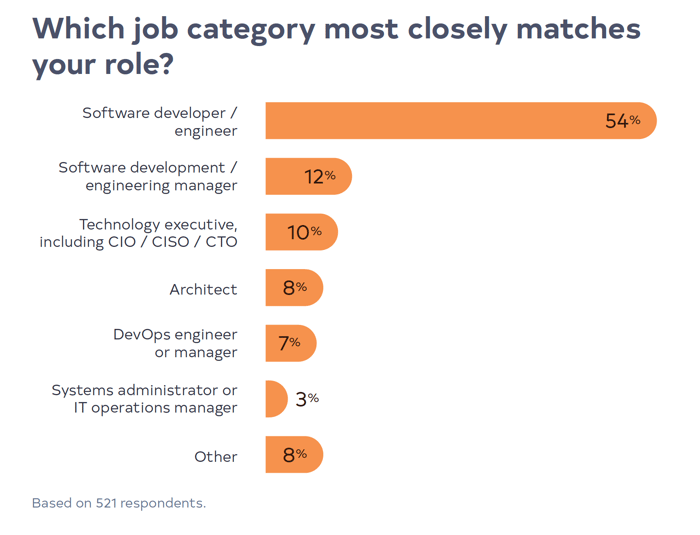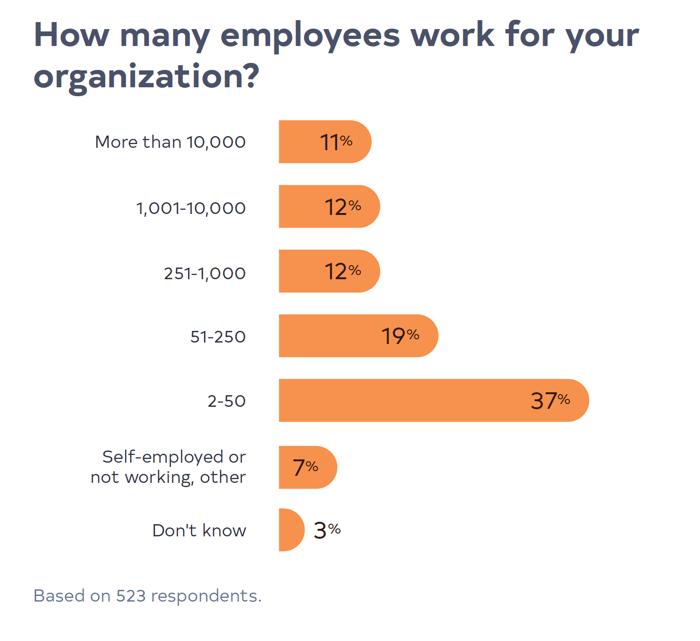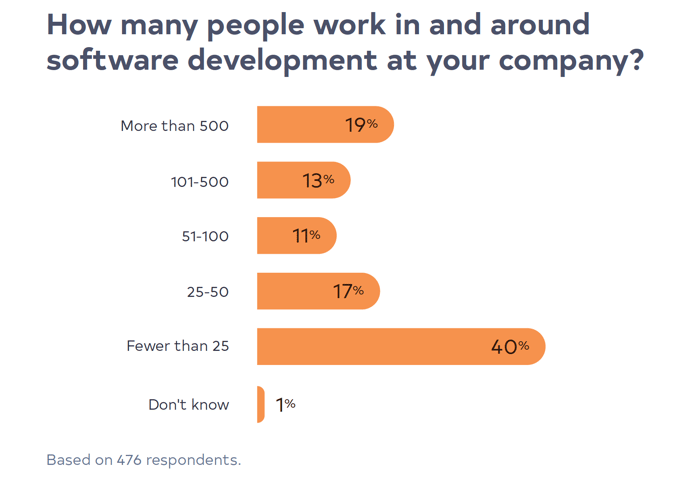This marks the third year Tidelift has conducted a survey to answer our most pressing questions for technologists using open source to develop applications (here’s where you can download the results from our 2019 and 2018 surveys and a third shorter survey we did in between).
Fielded in June 2020, this year’s study reached over 600 technologists—including software developers, engineering executives and managers, architects, and devops pros.
We learned how they use open source software today, what holds them back, and what tools and strategies would help them use it even more effectively. We asked them about how the COVID-19 pandemic and ensuing recession are changing the way respondents’ organizations think about and use open source. We explored how organizations manage their open source dependencies today, why and when their leaders encourage the use of open source, and the key benefits they get from increasing its use. We also learned more about the open source programming languages development teams turn to most and the policies they have in place around developer contributions to open source projects.
The 2020 Tidelift managed open source survey was conducted from May 28 through July 4, 2020. Participants were contacted via Tidelift and Changelog email lists and social media. We screened respondents to make sure they use open source to build applications at work, and the full survey sample was 638 respondents.
Here’s more detail about the survey demographics:




What is managed open source?
Why do we call this survey the “managed open source” survey? What exactly is managed open source?
In short, managed open source provides a way for organizations to offload the complexity of managing the open source components they use to build applications. It takes precious developer time to keep track of all of the components an organization is using and to keep them well-maintained, properly integrated, and secure.
A managed open source approach helps organizations give their development team a “paved path” where the components they are using are actively maintained to continually meet corporate standards around security, maintenance, and licensing. This allows development teams to focus less time and attention on the open source pieces of their application, and more on the code that is unique to their organization.
Because of this, a managed open source approach helps organizations cut costs, accelerate development, and reduce risk when using open source to build applications.
In Tidelift’s approach to managed open source, we partner directly with the independent creators of open source to create customizable catalogs of components that just work. We cover thousands of packages across JavaScript, Java, Python, PHP, Ruby, and .NET. We partner with the open source maintainers to provide ongoing security updates, active maintenance, and accurate licensing information for these components.
Through the Tidelift Subscription, organizations can then create their own customizable catalogs of known-good open source components that are safe for developers to use.

 50 Milk St, 16th Floor, Boston, MA 02109
50 Milk St, 16th Floor, Boston, MA 02109